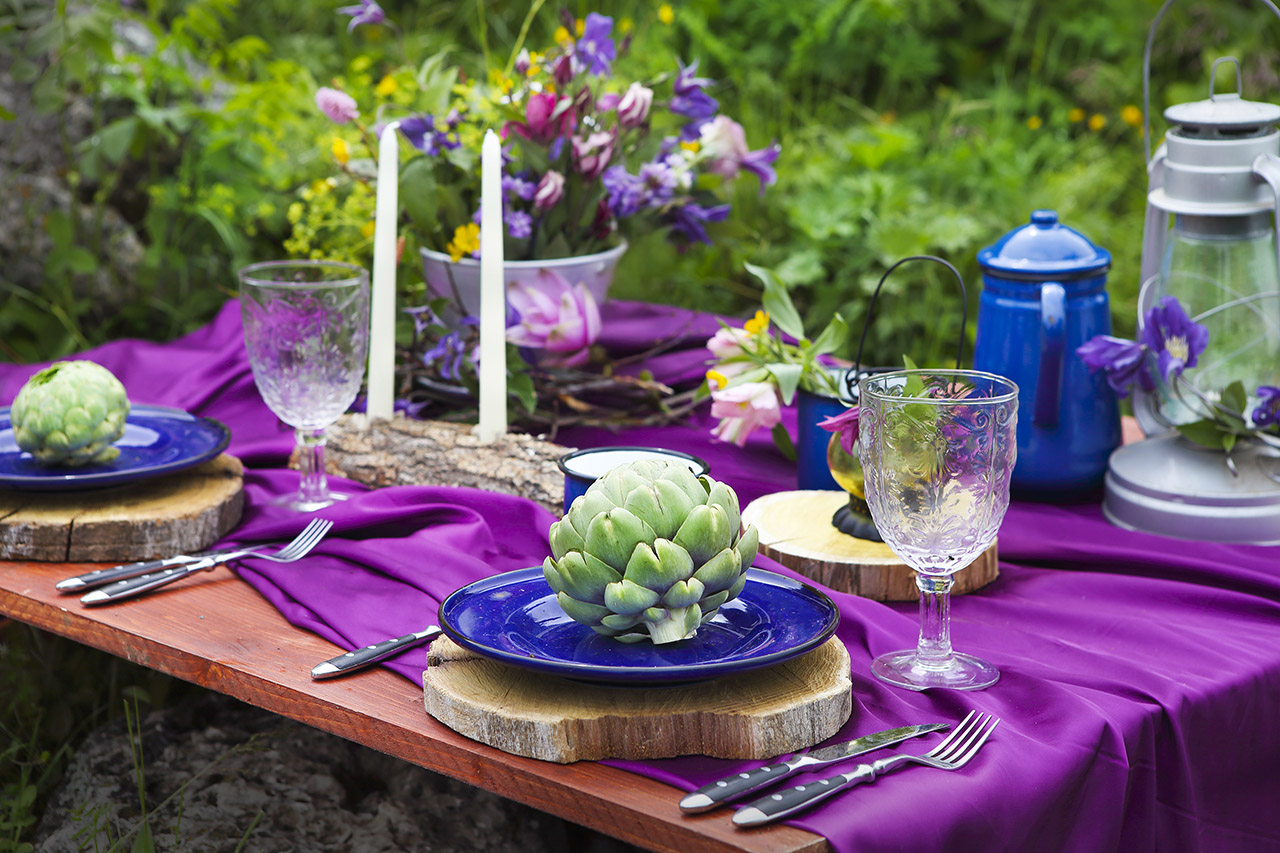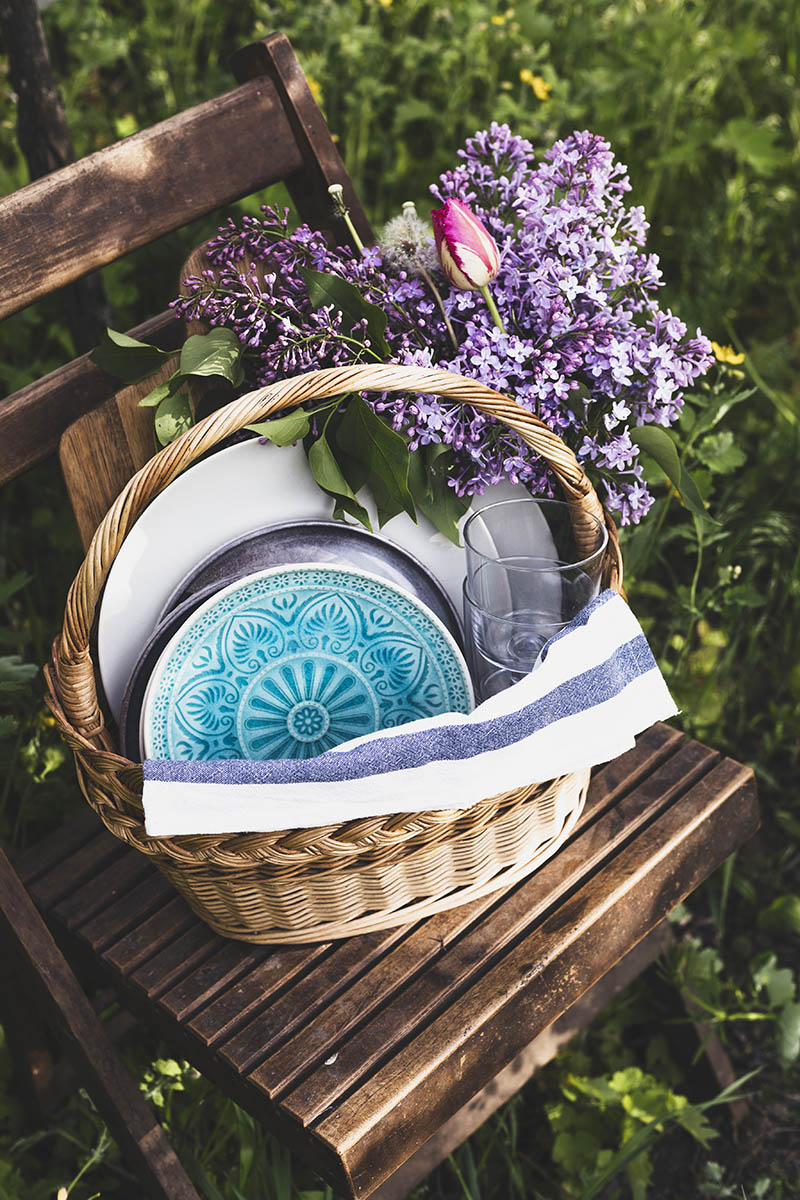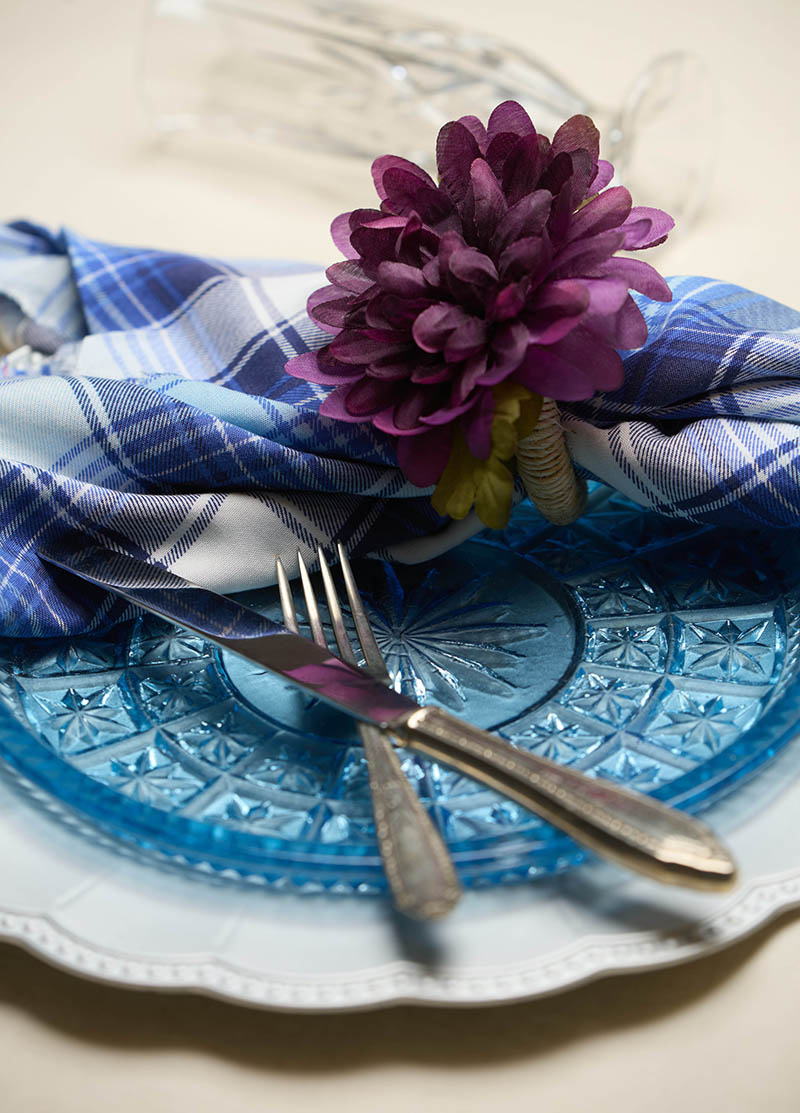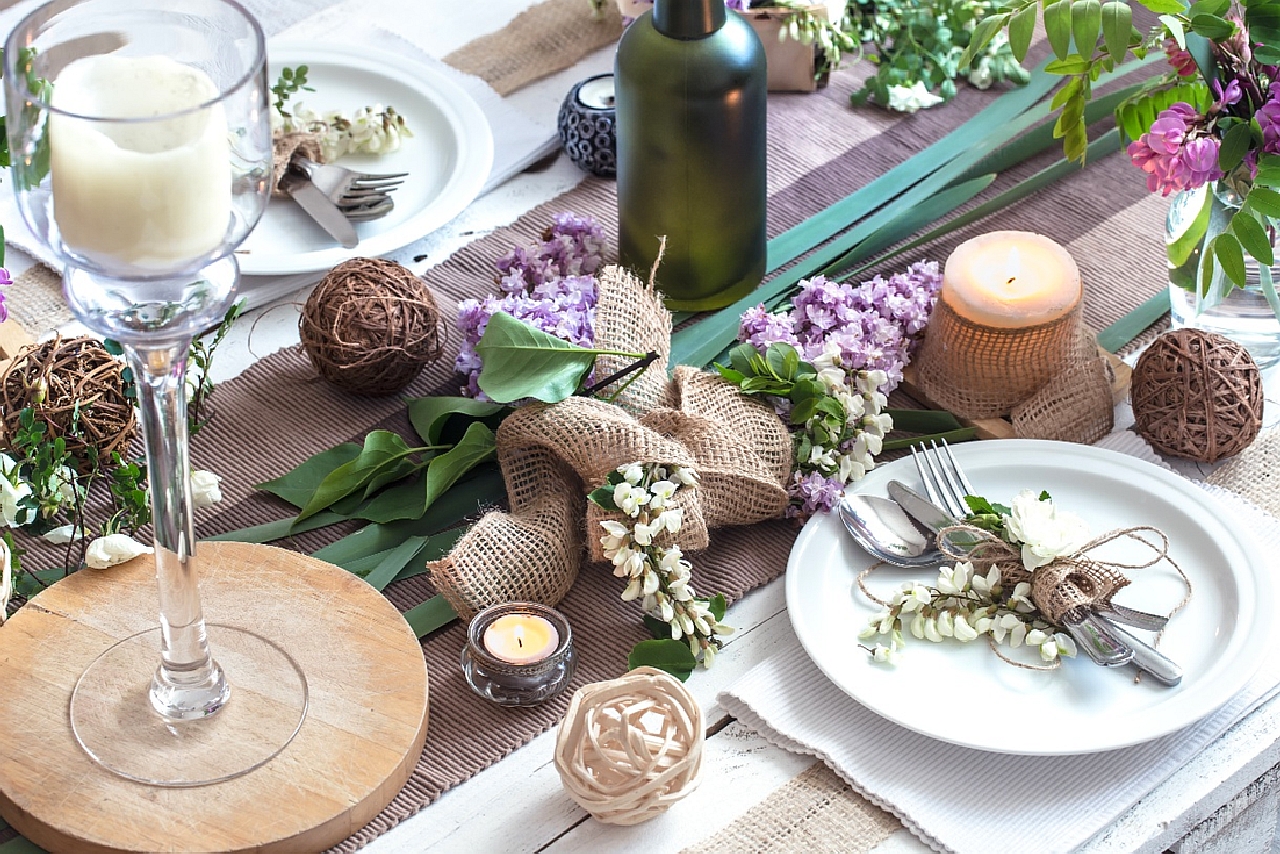Accessorize Your Table
A Well-Dressed Table: The Best Accessory for Any Gathering
Here’s what dames know – style doesn’t fade – it evolves. And your table, like your wardrobe, deserves to show up with personality, charm, and just a touch of drama.
Whether you’re serving up takeout or a home-cooked feast, setting the table with intention turns any meal into an occasion.
 Dame Nina Blythe of Suffolk learned long ago: wait for perfect plates, perfect weather, or perfect timing, and you’ll be eating alone. She sets the table with whatever’s at hand, adds a little flair, and trusts good company to do the rest. Sunshine is optional. Laughter is not.
Dame Nina Blythe of Suffolk learned long ago: wait for perfect plates, perfect weather, or perfect timing, and you’ll be eating alone. She sets the table with whatever’s at hand, adds a little flair, and trusts good company to do the rest. Sunshine is optional. Laughter is not.
“Beauty at the table is as important as beauty on the plate.”
— Emily Post, Etiquette in Society, in Business, in Politics, and at Home (1922)
Prep Time
30-45 minutes
Cook Time
none
Total Time
30-45 minutes
Serving
6 place settings
Ingredients
- 1 statement tablecloth or set of placemats. Because every great look starts with a good base layer.
- 1 set of intentionally mismatched dinner and salad plates. Think curated charm, not chaos—just like mixing pearls with denim.
- 1 handful of chargers or decorative underplates. Adds polish the same way a great pair of shoes finishes an outfit.
- 1 centerpiece that won’t block conversation. Eye contact over eucalyptus any day.
- 1 set of cloth napkins. No need for a pressed linen empire—just a soft fold and a splash of color will do.
- A dash of candlelight or warm lighting. Because overhead lights are no one’s friend.
- A sprinkle of personality. Vintage salt cellars, seasonal accents, or handwritten place cards—whatever feels most you.
Preparation
STEP 1: LAY THE FOUNDATION
Start with a bold or neutral cloth or placemats that reflect the vibe—cozy, elegant, playful. Your “power piece,” so to speak.
STEP 2: LAYER LIKE A DAME
Pair old with new, colors with neutrals, heirlooms with thrift store finds. This isn’t about perfection—it’s about personality.
STEP 3: ELEVATE WITH CHARGERS
Just like a belt can tie an outfit together, a charger can ground the plate and add a touch of drama.
STEP 4: KEEP CENTERPIECES SHORT AND SWEET
Small bud vases, scattered candles, or a bowl of citrus work beautifully and keep the conversation flowing.
STEP 5: USE CLOTH NAPKINS
They say, “I care,” without shouting it. Bonus points for a hand-hewn wooden napkin ring or tying it with twine and a sprig of rosemary.
STEP 6: DIM THE LIGHTS
Soft lighting makes everything feel more intimate—and everyone look a little better.
STEP 7: FINISH WITH FLAIR
Add something delightful—mini name cards, quirky conversation prompts, or a table treasure passed down from someone fabulous.
STYLE NOTE: Whether you’re dressing yourself or your table, it’s all about curation. Choose pieces you love, trust your taste, and remember: it’s the mix—not the match—that makes it magic.
Pair with Tea & Trivia
Emma’s Toast
“Tempus fugit — do not squander time.
Live life fully each day.
Here’s to it, and from it, and to it again.
If you don’t get to do it now,
you may never get to it to do it —
so just do it!”
Table Settings Through the Ages
From gilded banquets to mismatched cottage charm, how we set the table has always been a reflection of how we show up. Style isn’t just worn—it’s laid out, layered, and lit with intention. Whether it’s bone china or thrifted flair, the best tables tell a story before the first bite is ever served.
JAPANESE TEA CEREMONY (CHANOYU) 16TH CENTURY
This ritual is regarded as a meditative practice honoring simplicity, respect, and attention to detail. Every utensil—from the bamboo whisk to the hand-thrown teacup—is chosen with intention and grace. The aesthetic principle of wabi-sabi (finding beauty in imperfection) applies to both the tea and the cup it is served in.
THE TEACUP AS A FASHION STATEMENT (18TH CENTURY ENGLAND)
In high society, tea wasn’t just sipped—it was styled. During the 1700s, the shape and pattern of one’s teacup became a subtle status symbol at salons and gatherings. Porcelain from China or hand-painted English bone china was displayed with pride, and some guests brought their own “traveling teacups” in velvet-lined boxes to show off their taste—literally and figuratively.
VICTORIAN DINNER TABLES (1800’s)
It wasn’t a party unless there were 12 pieces of cutlery and a fork you weren’t sure how to use. Napkin folds were practically origami, and place cards were written in calligraphy. The drama was high, and so were the candlesticks.
1920s COCKTAIL CULTURE
Art Deco glam met finger foods and low tables. It was all about shimmer, geometric lines, and napkins that matched your lipstick shade. Martini in one hand, canapé in the other.
MODERN-DAY MIXOLOGY
Today’s hosts (and Dames) know how to blend styles like tea blends flavors—vintage dinnerware, thrifted finds, and quirky accents now set the tone. Hosting has become less about perfection and more about connection—and looking fabulous while you do it.
TRIVIA SIP: In Ancient Rome, a well-set table was more than decor—it was a performance of status and intellect. From silver goblets to hand-painted plates, every detail spoke volumes… and yes, toasts were made—often with actual toasted bread dropped in the wine.

THE LAVENDER LADY
Brewed Earl Grey tea, lavender honey syrup, a squeeze of lemon, and a sprig of mint served over ice in a coupe glass. A nod to the days of cocktails in cut glass and conversations that lingered well past dessert.




